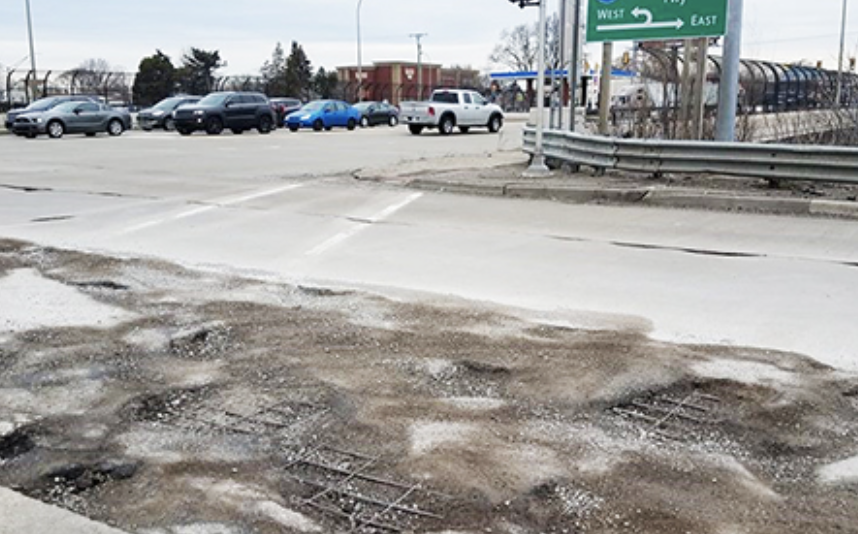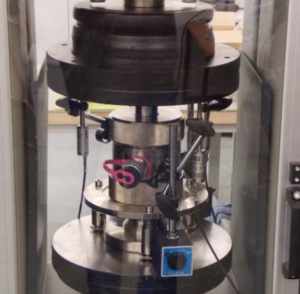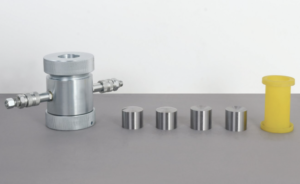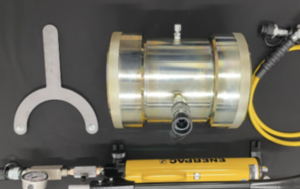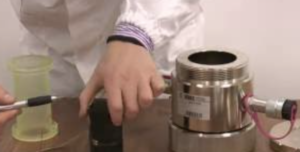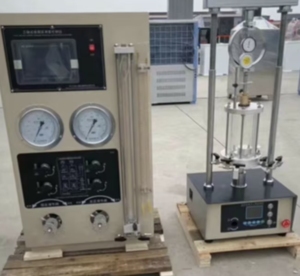The Effect of Alkali-Silica Reaction on Concrete
Alkali-Silica Reaction (ASR) may sound like a slow process, but its effects on concrete structures can be devastating over time. Known as a "concrete disease," ASR quietly weakens structures, causing cracks, deformations, and ultimately compromising their service life. Understanding how ASR develops and impacts concrete is crucial for engineers, builders, and maintenance teams aiming to build durable and safe infrastructures.
How Alkali-Silica Reaction Develops in Concrete
ASR begins when alkalis1 (sodium and potassium) from cement react with silica found in certain types of aggregate in the presence of moisture. The reaction produces an alkali-silica2 gel that absorbs water and expands, creating internal pressure inside the concrete.
Development Stages:
- Initiation: Alkali ions and reactive silica come into contact in moist conditions.
- Gel Formation: Swelling gel forms around aggregate particles.
- Expansion and Cracking: Internal pressure causes microcracks, which grow over time.
- Progressive Deterioration: Cracks widen, allowing more moisture ingress, accelerating damage.
| Ingredient | Source |
|---|---|
| Alkalis | Portland cement, admixtures |
| Reactive Silica | Aggregates like opal, chert, basalt |
| Moisture | Groundwater, rain, humidity |
Without intervention, ASR can continue for decades, progressively weakening the concrete.
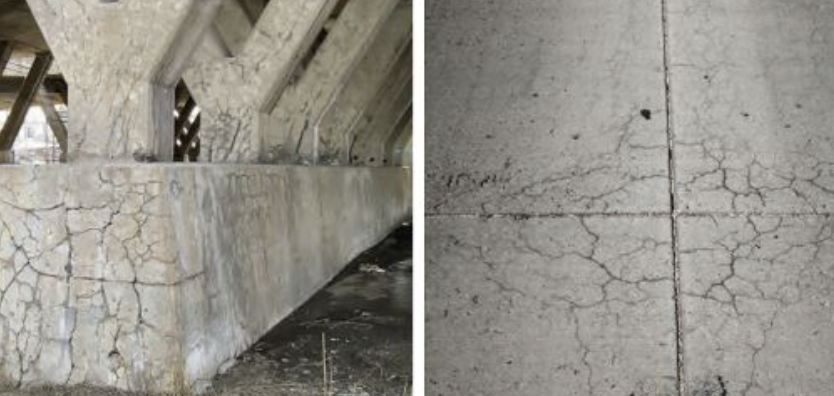
Common Symptoms and Signs of ASR Damage
Spotting early signs of ASR is crucial to preventing severe structural problems. Although ASR starts deep inside the concrete, visible symptoms eventually appear.
Typical Symptoms:
- Map Cracking3: Random, network-like surface cracks.
- Exudation of Gel4: White or dark gel seeping through cracks.
- Surface Discoloration5: Patches of lighter or darker concrete.
- Expansion and Warping: Visible distortion of walls, pavements, or bridge decks.
- Pop-outs: Localized surface eruptions.
| Symptom | Indication |
|---|---|
| Fine cracks | Early-stage ASR activity |
| Gel deposits | Active reaction with high moisture |
| Large surface cracks | Severe internal expansion |
Catching these symptoms early can help plan repair strategies before severe deterioration sets in.
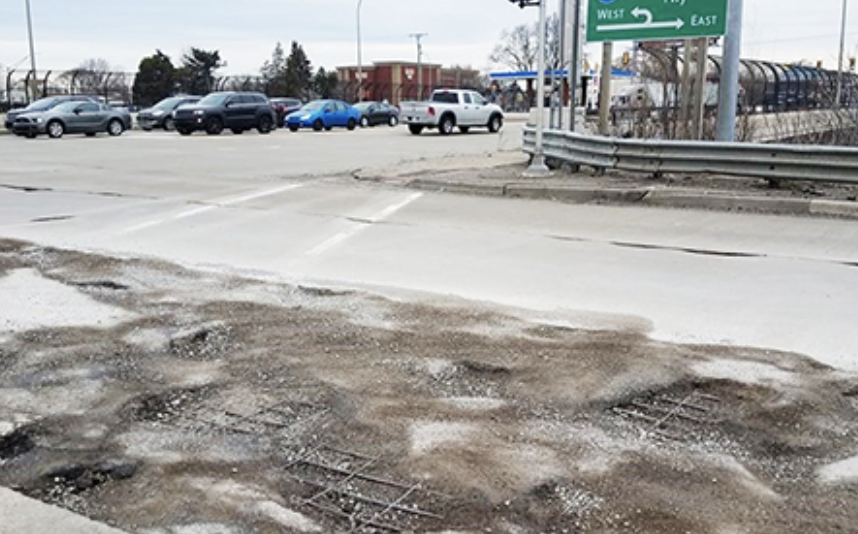
Long-Term Effects on Structural Performance
If ASR is left unchecked, it can lead to serious long-term issues6 affecting the safety, function, and lifespan of concrete structures.
Effects Include:
- Loss of Load Capacity7: Microcracks reduce the concrete’s ability to bear loads.
- Corrosion of Reinforcement8: Cracks allow water and chlorides to reach the rebar.
- Reduced Durability: Increased permeability leads to frost damage and chemical attack.
- Service Disruptions: Bridges, roads, and dams may require closure for major repairs.
| Consequence | Impact on Structure |
|---|---|
| Cracking and displacement | Compromised structural alignment |
| Reinforcement corrosion | Accelerated decay and reduced lifespan |
| High maintenance costs | Frequent repairs and downtime |
In severe cases, ASR can force early decommissioning of critical infrastructure well before its intended design life.
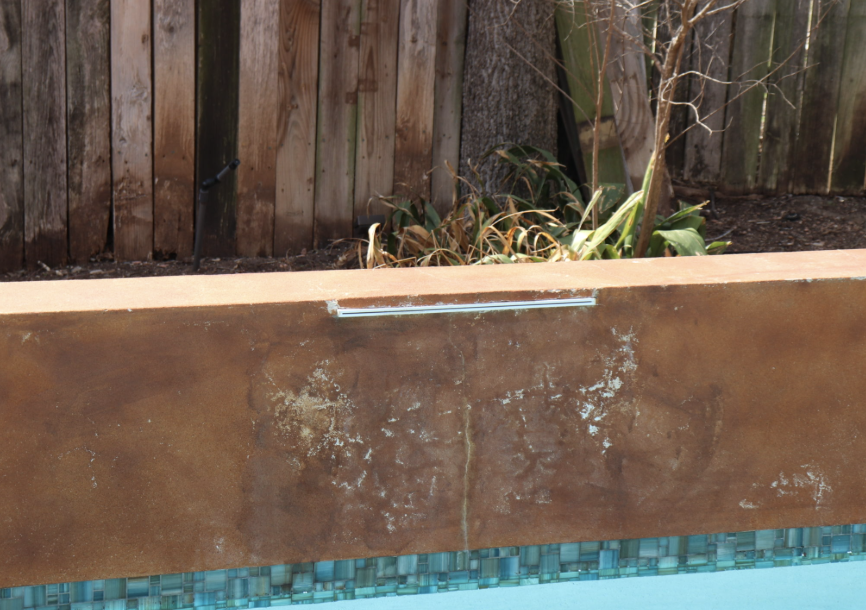
Strategies for Prevention and Mitigation
Thankfully, ASR is preventable—and even manageable if detected early. Prevention focuses on controlling the ingredients needed for the reaction.
Prevention Methods:
- Use Low-Alkali Cement: Keep alkali levels below critical thresholds.
- Select Non-Reactive Aggregates: Perform petrographic examinations before use.
- Add Supplementary Cementitious Materials (SCMs): Materials like fly ash, silica fume, or slag bind alkalis and reduce reactivity.
- Control Moisture Exposure: Use waterproofing membranes or coatings.
Mitigation for Existing Structures:
- Lithium-based treatments to slow down the reaction.
- Crack injection with epoxy resins for structural stabilization.
- Moisture control systems to starve the gel of water.
| Strategy | Effectiveness |
|---|---|
| Material selection and mix design | Most effective at prevention |
| Surface sealing | Useful for slowing existing ASR |
| Structural retrofitting | Necessary for severely affected structures |
Planning for ASR during design and monitoring for it during service life ensures safer and longer-lasting concrete structures.
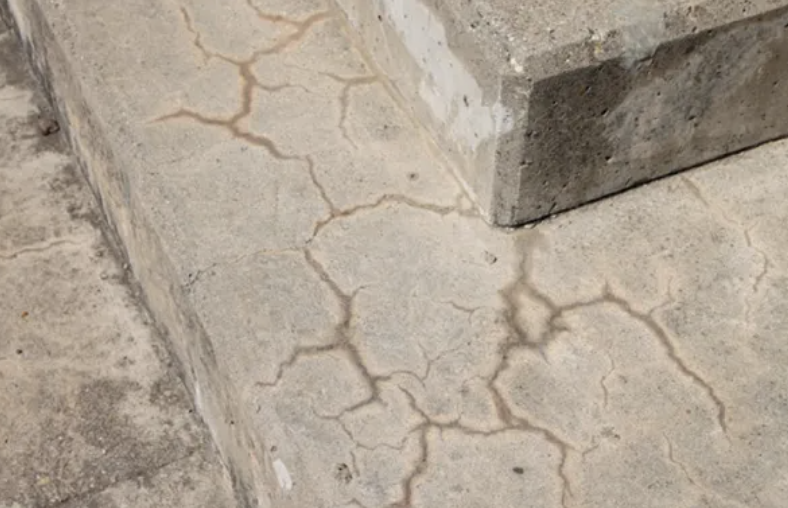
Conclusion
Alkali-Silica Reaction is a silent yet powerful threat to concrete durability. By understanding how ASR develops, recognizing early signs, and using smart prevention strategies, engineers can extend the life of concrete structures and reduce maintenance costs. ASR reminds us that even in massive structures, the smallest chemical reactions can have enormous impacts over time.
-
Understanding the role of alkalis in concrete can help in preventing ASR and ensuring structural integrity. ↩
-
Exploring the role of silica in ASR can provide insights into mitigating concrete deterioration. ↩
-
Understanding the causes of Map Cracking can help in early detection and prevention of ASR-related issues. ↩
-
Learning about Exudation of Gel can provide insights into the chemical processes involved in ASR. ↩
-
Exploring Surface Discoloration can help identify potential structural issues before they escalate. ↩
-
Understanding the long-term implications of ASR can help in preventive measures and maintenance strategies for concrete structures. ↩
-
Exploring this topic can provide insights into the critical importance of maintaining concrete integrity for safety and functionality. ↩
-
Learning about corrosion prevention can enhance the longevity and safety of concrete structures, making it essential for engineers and builders. ↩

